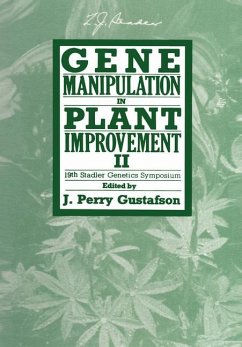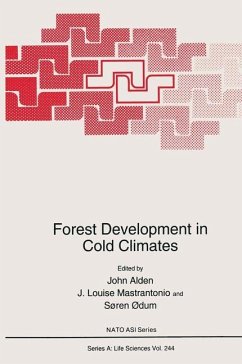The results obtained to date involving the use of in ~ methods to facilitate wide hybridization in plants are voluminous and impressive. The techniques of embryo culture, ovule culture, and in~ pollination and fertilization represent an extension of the normal sexual hybridization process. Successes recorded in obtaining hybrids stem largely from circumventing prezygotic or postzygotic hybridization barriers. Numerous recent successful hybridizations were possible because of the development of improved tissue and cell culture systems for crop plants and attention given to genotypes used in hybridization attempts. Interspecific and intergeneric hybridization utilizing the process of protoplast fusion will bypass the limits set by all sexual me'thods. In addition to combining complete genomes from two different species through protoplast fusion, this system affords unique opportunities for creating novel cytoplasmic combinations, transfer of individual chromosomes, transfer of cytoplasmic organelles, manipulation of male sterility, and for single gene transfer. Some caution must be noted with regard to the extent of hybridization possible between distantly related species. Although practically no limit exists to the physical fusion of protoplasts from widely divergent species, the restrictions imposed by somatic incompatibility have not been adequately addressed. Regeneration of plants from the protoplast or single heterokaryon level is still a major hurdle for many important crop species before somatic cell fusion can be exploited to produce interspecific and intergeneric hybrids. Identification and selection of hybrids is also a limitation to the efficient application of cell fusion methods.








